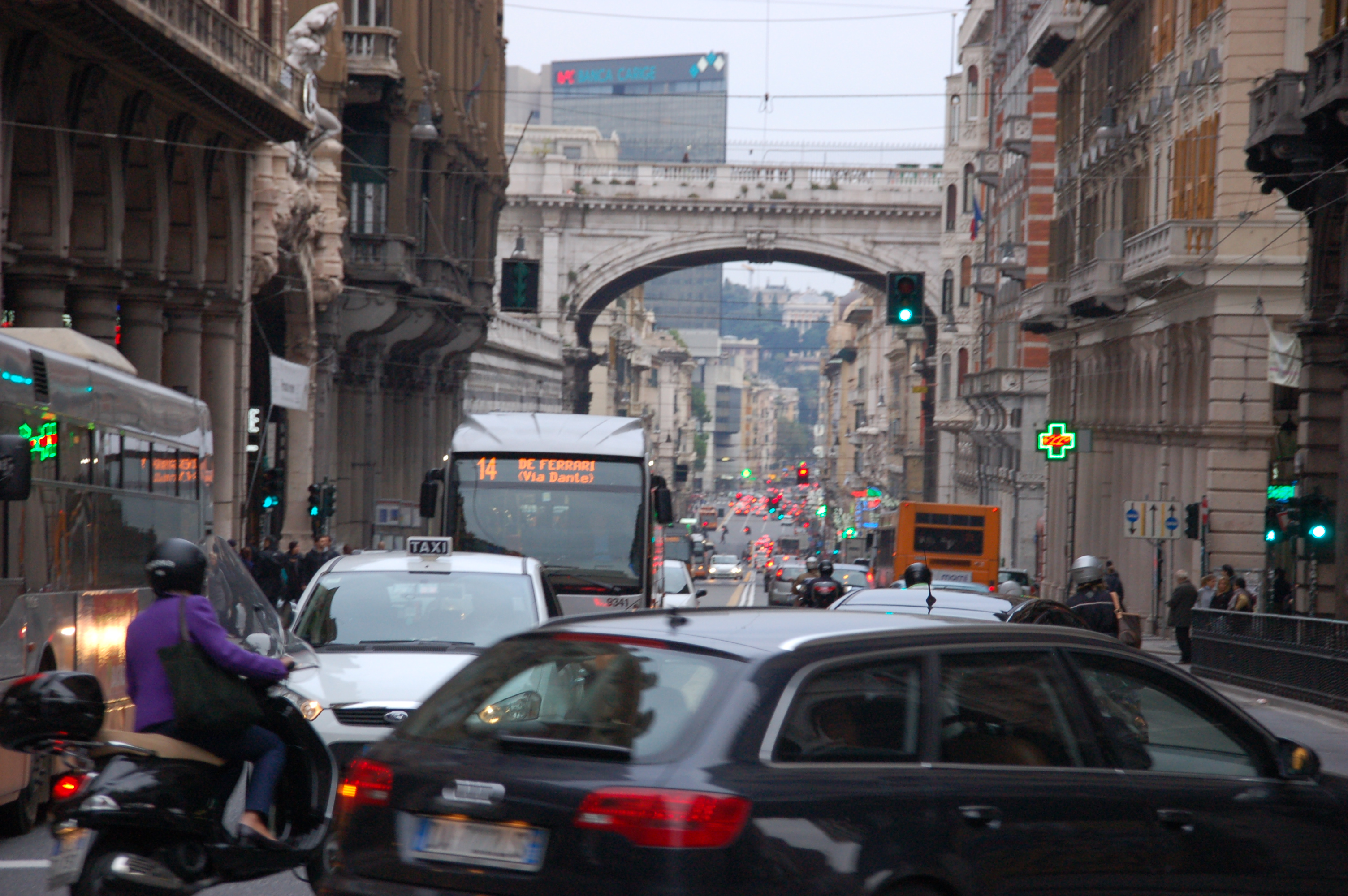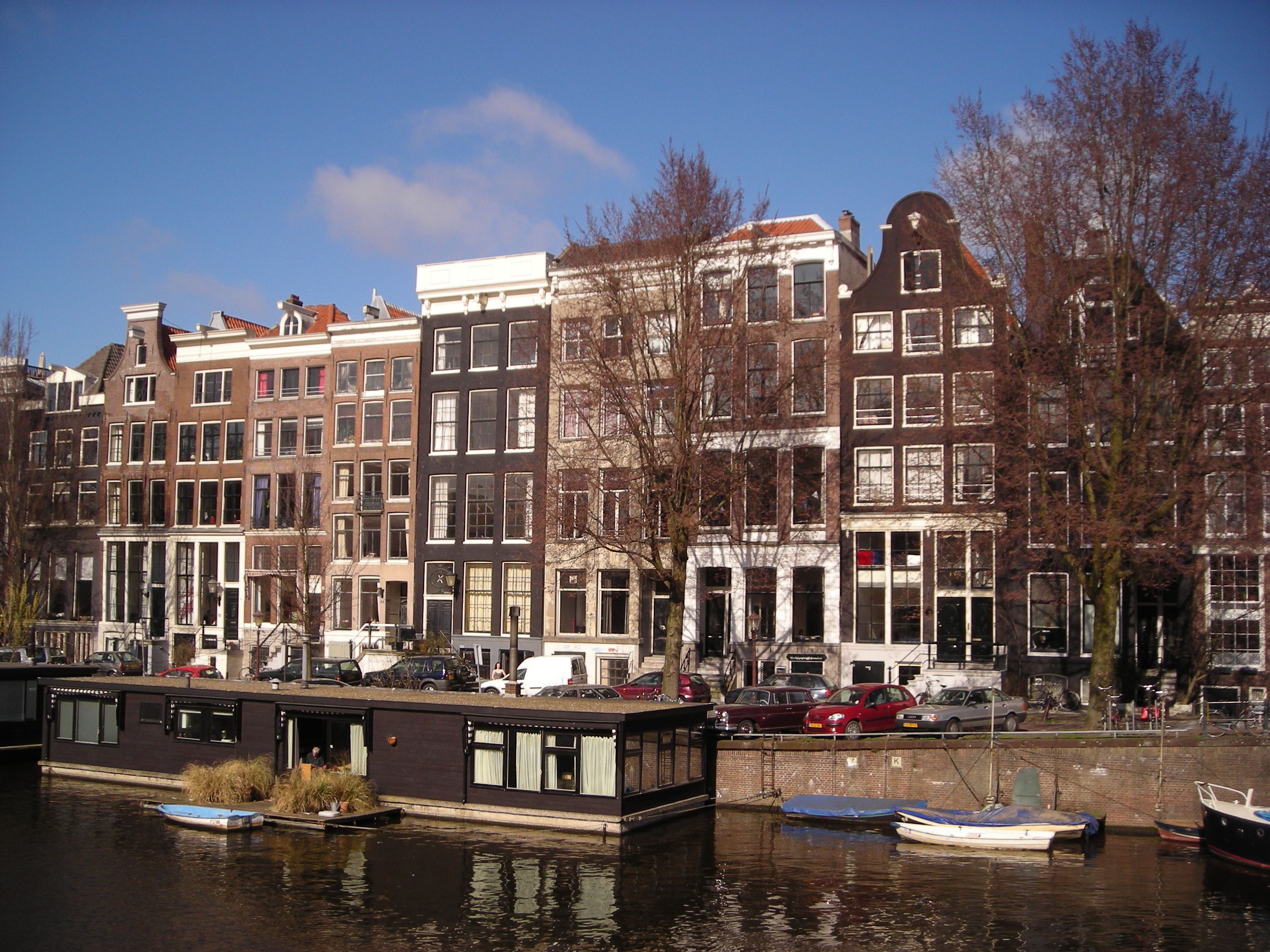Miami’s past includes segregation, race riots, large scale white flight and racial tensions that persisted for decades. Those days are over, and although still not perfect, today Miami is a city with an extremely diverse population where different ethnic groups live harmoniously together.
In the days of segregation, South Florida, like all of the South, was governed by Jim Crow Laws, which required that blacks and whites be “separate but equal in all public facilities.” That meant that if a restaurant was to serve both whites and blacks, it was to also have separate entrances, separate bathrooms and separate seating areas for either race.
Segregation in Miami was not as fervent as it was in the Deep South, but it still no less played an important part of Miamians’ daily lives up until the early 1970s. In perhaps the most obvious way that Jim Crow segregation left its mark in South Florida was in its neighborhoods. Jim Crow Laws separated not just whites and blacks into separate neighborhoods, but also whites and Jews. In South Beach, the Jews could only live south of Fifth Street. In Pompano Beach, blacks lived west of the FEC railroad tracks, and the whites lived to the east. And in the heart of Miami, blacks could only live in the neighborhoods of Overtown, West Grove (the “Black Grove”), Brownsville and Liberty City.
In some cases, physical walls were built to further delineate the border between these groups. Many locals may be surprised to learn that some of these walls still exist. One in Liberty City, another in Pompano Beach and a less obvious wall in Coconut Grove.
Liberty City Wall
Although mostly torn down now, this wall was along NW 12th Avenue from NW 62nd Street to NW 71st Street. It was built by the City of Miami in 1939 after the construction of the Liberty Square housing project was finished in 1937. Liberty Square was built to alleviate overcrowding and poor living conditions in the blacks-only Overtown neighborhood. The wall was four feet tall and built to calm concerns by white residents in then all-white Buena Vista and Lemon City neighborhoods (now largely Little Haiti). By 1960, most of the wall had been demolished.
Today, the wall stands at less than a foot tall but can still be seen along NW 12th Avenue from NW 67th Street to NW 63rd Street. The wall rises from about a foot at NW 67th Street to around three feet at NW 64th Street. From 64th to 63rd Street, it is about a foot high.
Pompano Beach Wall
Few people outside of the residents of Pompano Beach’s Kendall Green neighborhood even know this Jim Crow era wall even exists. This five foot high wall was built to separate the then, predominately white neighborhood of Kendall Green to the east from the black neighborhoods of Kendall Lake and Pine Tree Park to the west. Although a portion of the wall still stands and blocks automobile traffic between the two neighborhoods, today these neighborhoods co-exist amicably. Younger residents in the neighborhoods would probably never question the wall, seeing as it still stands today and seems to bother no one. It’s an interesting reminder of a very different past.


Coconut Grove Wall
In Miami’s Coconut Grove neighborhood, the “wall” is more figurative than actual. Despite that, an obvious racial divide still exists between what locals call the “Black Grove” to the northwest and the “White Grove” to the southeast. Although no physical wall separates these distinct areas of Coconut Grove, they are divided by an unconnected street grid. This provides few “entrances” into either side, limiting interaction between the two neighborhoods. While the eastern side of the Grove has flourished for the past 188 years, the western side has seemed to struggle in the recent past decades. If the two areas connected better, perhaps either side would not fear each other and development could flourish on the western side as well.

You would think our city leaders have learned from the past- that walls create divisions, which create suspicion, which creates a weaker community. However, the City of Miami continues to view walls as remedies to things like traffic and crime. Recently, walls have gone up along the eastern side of US-1 in the Grove, around the Coral Gate neighborhood, and now possibly also along our Upper Eastside neighborhoods. Although they are not motivated by Jim Crow or racial tensions anymore, they still inadvertently divide neighborhoods by class, income and race. We should strive to create an open city where all blocks and neighborhoods are easily accessible to all.
Further reading:
- West Grove: The Miami Neighborhood that Time Forgot – Miami Herald, April 2013
- Miami: Gated City? – Transit Miami, April 2013
- Wall of Shame along NW 12th Avenue separated races – Miami Herald, August 2006






Good point. Walls make it increasingly difficult to walk or bike, forcing everyone to use arterial roads, where, by design everyone is “stuck in traffic,” diminishing quality of life, and degrading the beauty of our cities. And how about the many who could hardly afford to drive, or are too young or old to drive?
GOOD ARTICLE!!
FCOL, the only people riding bikes thru those communities are crack/drug mules anyway.
Great article
The comment, “Segregation in Miami was not as fervent as it was in the Deep South,…” is incorrect. Miami is a city in Florida. Florida is one of the seven states of the Deep South (Lower South). Therefore, Miami is a Deep South city. Some people say otherwise for various reasons, all of which fall short of any educated reasoning for denial of Florida being part of the Deep South, Miami included! I could go on and on about this, but I will digress and keep it short and simple.
I lived in Liberty City during the time of “The Wall” (1949 – 1976). I remember vividly climbing over this wall (age 10) to visit a friend who had just got a house on 65th & 11th Ave. It was eerie just walking to their house. The whites would stop what they were doing and “watched” you as you walked. This was during the summer of 1955. I was in the 7th grade when the wall was demolished (1959 or 1960). J. McCray
[…] una casa. Sin embargo, los bancos se negaban a prestar en barrios negros. Todavía en Liberty City hay un muro de los que marcaban la línea donde los bancos dejaban de dar préstamos, independientemente del […]